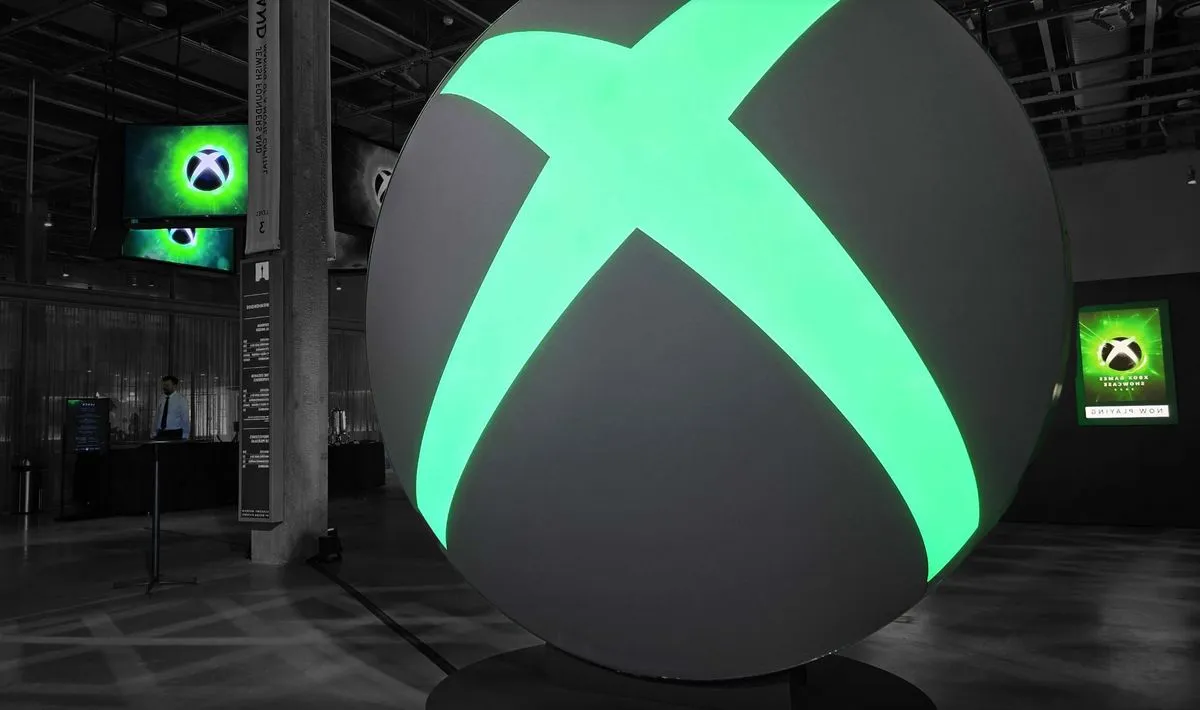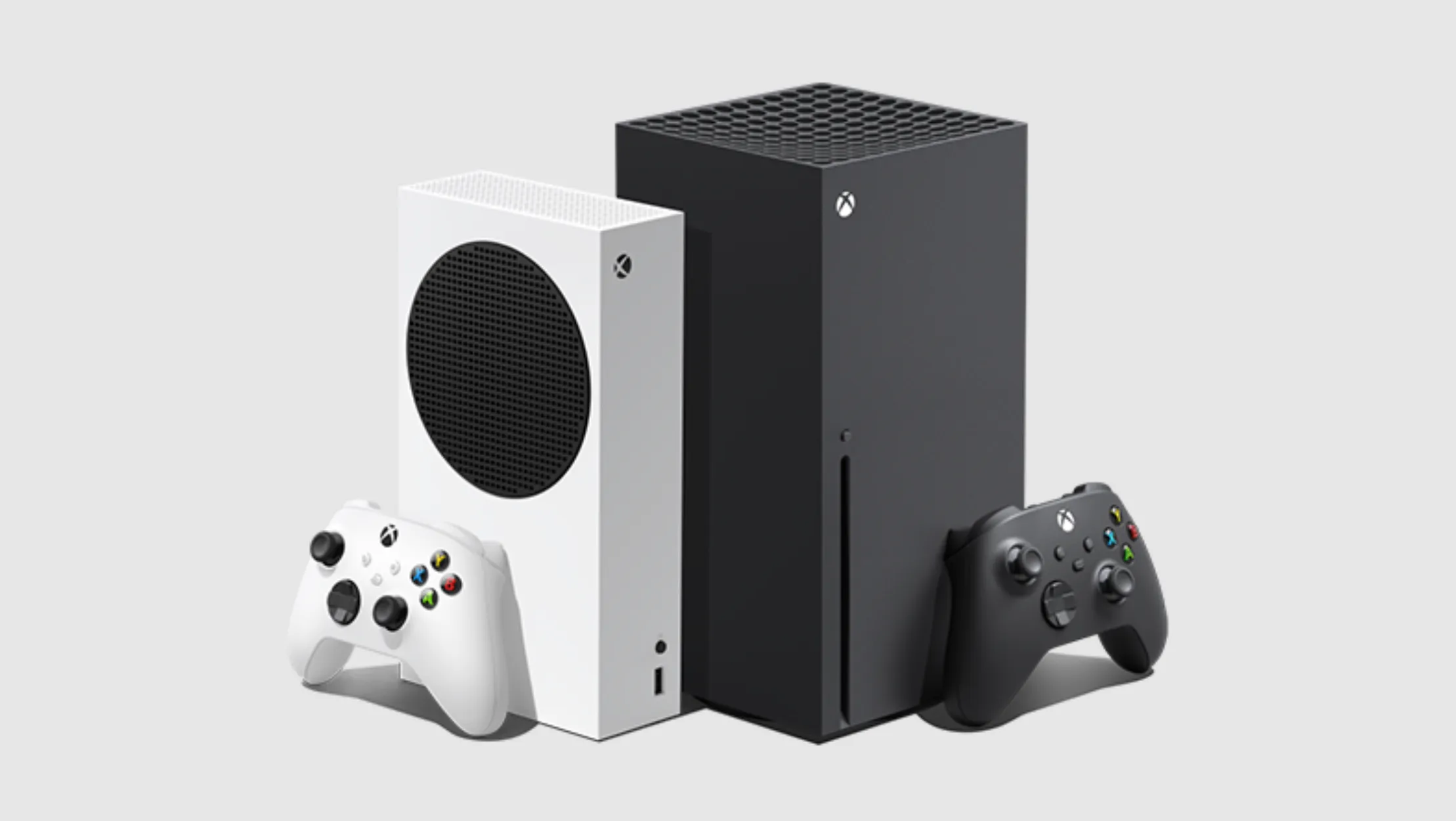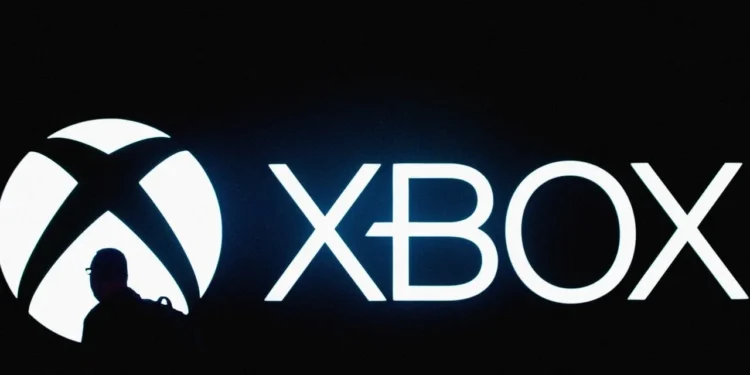As the gaming industry continues to evolve, Microsoft’s latest foray into generative artificial intelligence (AI) with the introduction of Muse, a sophisticated AI model, promises to redefine how games are developed. Muse, developed using insights from Ninja Theory’s multiplayer game “Bleeding Edge,” is designed to assist game creators by automating aspects of game development, including physics and 3D environment interactions.

One of the standout features of Muse is its application in game preservation. According to Microsoft, this AI has the capability to revisit and enhance classic games for compatibility with modern hardware, ensuring that beloved titles are not lost to technological obsolescence. Fatima Kardar, Microsoft’s Corporate Vice President for Gaming AI, expressed her enthusiasm: “To imagine that beloved games lost to time and hardware advancement could one day be played on any screen with Xbox is an exciting possibility for us.”
Beyond preservation, Muse could significantly impact the initial stages of game development. Microsoft suggests that Muse could streamline the prototyping process, enabling developers to rapidly iterate on their creative concepts and refine their visions without the traditional time and resource constraints.
Industry Response: Skepticism and Concern
Despite the optimistic outlook presented by Microsoft, the reception from the game development community has been predominantly critical. David Goldfarb, a veteran game developer and founder of The Outsiders, was blunt in his assessment, stating, “Fuck this shit.” Goldfarb elaborates on his concerns, pointing out that the reliance on generative AI might undercut decades of aesthetic effort by game developers and artists, shifting power to those who control these technologies, rather than those who create with them.

This sentiment is echoed by other developers, including an anonymous AAA developer who criticized the company’s deep investment in generative AI: “It’s the classic issue of Xbox bleeding talent but also so heavily invested in GenAI that they can’t see the forest for the trees,” the developer explained. Concerns extend beyond the philosophical to the practical, with fears about job security and the devaluation of human creativity in game design.
Balancing Innovation with Tradition
While Microsoft champions the potential of Muse to revolutionize game development, there is a palpable fear among developers about the implications of AI in creative industries. Marc Burrage, development director at Creative Assembly, argues that while AI can assist in prototyping, it cannot replace the invaluable insights gained from the human-led creative process. “Prototyping is as much about the journey as the result, and you need to have been on it to get all those learnings,” Burrage points out.
Microsoft acknowledges these challenges and asserts its commitment to navigating the introduction of generative AI technologies responsibly. “We believe it’s important to shape how these new generative AI breakthroughs can support our industry and game creation community in a collaborative and responsible way,” Kardar notes in the Muse announcement.

Looking Ahead
As the debate continues, it’s clear that the integration of AI in game development is a polarizing issue. While Muse offers a glimpse into a future where game creation might become more accessible and preservation easier, it also poses significant questions about the role of human creativity in an increasingly automated world. The challenge for Microsoft and the broader gaming industry will be to find a balance that respects and incorporates the best of both human and machine contributions.










